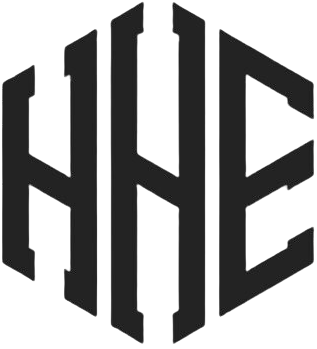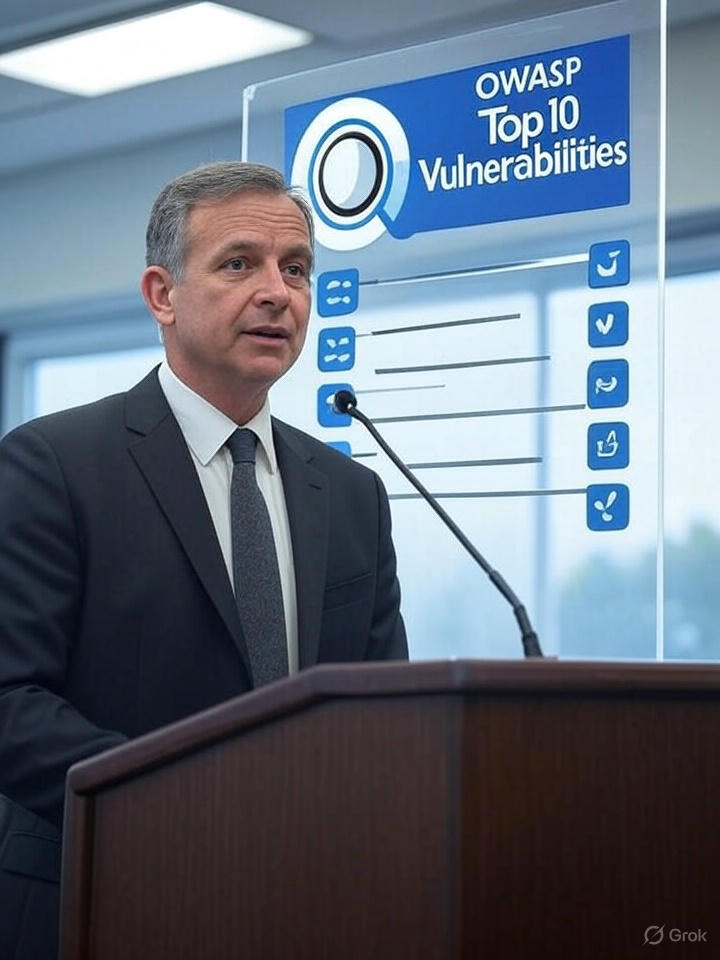The OWASP Top 10 Vulnerabilities Explained (for Site Owners) offers a clear roadmap to protect web applications. Site owners face evolving threats daily. Cybercriminals exploit flaws faster than many teams can patch them. Understanding the OWASP Top 10 helps you prioritize fixes and reduce business risk. This guide breaks down each category, shows real-world examples, and points you to solutions.
First, what is the OWASP Top 10? The Open Web Application Security Project (OWASP) publishes this list every few years. It highlights the most critical web security risks. Site owners rely on it to shape testing scopes, training programs, and remediation plans. You will learn how each vulnerability works, why it matters, and how to defend against it.
OWASP Top 10 Vulnerabilities Explained (for Site Owners): The Ten Categories
Below, we detail each risk in the OWASP Top 10 Vulnerabilities Explained (for Site Owners) list. We explain attack methods, potential impacts, and practical defenses.
1. Injection Flaws
Attackers send hostile data to a program’s interpreter. SQL, NoSQL, OS, and LDAP injections rank highest. They allow attackers to read or modify data, or execute commands. To prevent injection:
-
Use parameterized queries.
-
Validate and sanitize all input.
-
Adopt an ORM or safe query builder.
2. Broken Authentication
Weak or missing authentication controls let attackers assume others’ identities. They may gain full control over accounts. Defenses include:
-
Enforce strong password policies.
-
Implement multi-factor authentication (MFA).
-
Rotate tokens and invalidate sessions on logout.
3. Sensitive Data Exposure
Failure to encrypt data in transit or at rest exposes payment details, personal records, and proprietary information. Mitigation steps:
-
Enforce TLS 1.2+ for all connections.
-
Use strong encryption (AES-256) for stored data.
-
Disable outdated protocols and ciphers.
4. XML External Entities (XXE)
This flaw arises when XML parsers process external entity references. XXE can expose internal files or allow SSRF attacks. Defend by:
-
Disabling external entity processing.
-
Applying secure XML libraries.
-
Validating and sanitizing XML input.
5. Broken Access Control
Improper enforcement of access rules lets attackers act outside permitted areas. They can view or modify other users’ data. Best practices:
-
Deny access by default.
-
Enforce server-side checks at every endpoint.
-
Conduct regular access control reviews.
6. Security Misconfiguration
Default settings, incomplete configurations, and unpatched components invite exploitation. To avoid misconfigurations:
-
Automate configuration management.
-
Scan environments for outdated software.
-
Remove unused features and services.
7. Cross-Site Scripting (XSS)
XSS lets attackers inject scripts into web pages viewed by other users. They can hijack sessions or deliver malware. Protect against XSS by:
-
Escaping all untrusted data.
-
Using Content Security Policy (CSP).
-
Applying frameworks that auto-escape output.
8. Insecure Deserialization
Deserializing untrusted data can lead to remote code execution or replay attacks. Mitigation:
-
Avoid native serialization formats.
-
Implement integrity checks.
-
Enforce strict type constraints.
9. Using Components with Known Vulnerabilities
Outdated libraries or frameworks may harbor critical flaws. Attackers scan for these vulnerabilities. Prevention:
-
Maintain a Software Bill of Materials (SBOM).
-
Automate dependency scanning.
-
Update components regularly.
10. Insufficient Logging & Monitoring
Failing to log or monitor security-relevant events allows breaches to go undetected. Response times suffer. Improve by:
-
Logging all authentication and access events.
-
Centralizing logs in a Security Information and Event Management (SIEM) system.
-
Testing alert rules weekly.
Mastering The Penetration Testing Process: From Recon to Report

OWASP Top 10 Vulnerabilities Explained (for Site Owners): Why It Matters
Understanding the OWASP Top 10 Vulnerabilities Explained (for Site Owners) delivers clear benefits:
-
Proactive Defense
You stop attacks before they start. Regularly test against the OWASP Top 10 to catch gaps early. -
Regulatory Compliance
Many standards (PCI DSS, GDPR) reference OWASP. Aligning with it simplifies audits. -
Customer Trust
Showing you follow industry best practices builds confidence. It can become a competitive edge. -
Cost Savings
Fixing flaws during development costs far less than post-breach remediation. IBM estimates breaches cost $4.35 million on average. - Continuous Improvement
Embedding the OWASP Top 10 in your SDLC fosters a security-first culture. Teams learn to code and configure safely.
OWASP Top 10 Vulnerabilities Explained (for Site Owners): Integrating Into Your Workflow
To make the OWASP Top 10 Vulnerabilities Explained (for Site Owners) actionable, follow this roadmap:
-
Asset Inventory & Classification
List all web apps, APIs, and microservices. Rank them by criticality and data sensitivity. -
Threat Modeling
Map data flows. Identify where each OWASP Top 10 risk might occur. -
Automated Scanning
Run dynamic and static scans against each item in your inventory. Use tools like OWASP ZAP and Snyk. -
Manual Penetration Testing
Complement scans with expert-led tests. Our team’s Penetration Testing service uses OWASP-aligned methodologies to uncover logic flaws and chained exploits. -
Secure Coding Training
Teach developers to recognize OWASP risks. Include hands-on labs that reference each Top 10 category. -
Review & Retest
After remediation, re-scan and re-test. Confirm fixes and ensure no new issues emerged. -
Continuous Monitoring
Deploy runtime Application Self-Protection (RASP) and Web Application Firewalls (WAFs) to catch attacks in real time.
OWASP Top 10 Vulnerabilities Explained (for Site Owners): Further Resources
-
Official OWASP Top 10 Documentation
-
NIST Application Security Guidelines
-
CISA Secure Software Development Practices
These resources offer deeper dives, sample configurations, and community-driven tools.
Smooth Transitions: From Knowledge to Action
By mastering the OWASP Top 10 Vulnerabilities Explained (for Site Owners), you shift from reactive firefighting to strategic defense. Start small: pick one category, apply its defenses, and expand. Each success builds momentum. Soon, your entire organization will adopt secure practices as standard.
Conclusion
The OWASP Top 10 Vulnerabilities Explained (for Site Owners) guide equips you to tackle today’s most critical web risks. You now know each category, its impact, and proven defenses. Integrate this knowledge into your SDLC and testing cycles. Leverage automated tools, manual pentests, and developer education. Use our Penetration Testing service to validate your controls against real-world attacks. Protect your users, preserve your reputation, and secure your future.



No responses yet